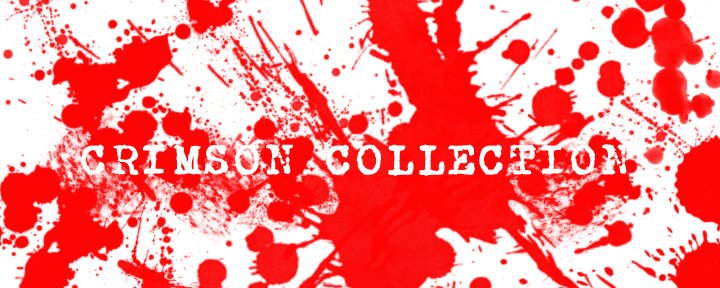Description: Not required.
In a music generation where new acts are mostly stereotypes or copycats, it is tough to find a unique sound to enjoy and follow. Meanwhile, those who don’t fall in either category try to be inventive and make up something, only to end up as an embarrassment to their fellow musicians. In the rare event that the experiment works, we dub the act as a musical masterpiece. The same can be argued for The Ting Tings. When you have an indie pop band that blends original British New Wave groove with simple disco-punk riffs, you either have a hit or a miss.
Making up The Ting Tings is front woman/guitarist Katie White and drummer Jules De Martino. Before getting a taste of the bitter reality of the music industry, this Manchester-bred duo was rocking out with their own respective bands. White was in a punk rock girl band named TKO, while De Martino played for indie bands Babakoto and Mojo Pin. The twosome’s first attempt to make music together actually included another member, but creative differences and management issues eventually caused them to split.
Yep, that's the whole band.
Since White and De Martino still had common music interests, they decided to form The Ting Tings. Currently, when you think of a two-piece band, the first group that jumps to mind is probably The White Stripes. However, besides number of members, the only thing similar between the two bands is the surname of their main vocalists. Even the beats of Meg and Jules are completely different, even if your first impression says otherwise. At this point, comparing The Ting Tings’ plucky, pop assault to The White Stripes’ powerful blues style is pointless and downright unfair. Still, The Whites Stripes isn’t a bad measuring stick if Katie and Jules are aiming for success.
The Ting Tings started out playing small gigs at Islington Mill,
In the Philippines, tingting is slang for thin.
Jules and Katie have developed a musical identity that represents their snappy personalities and do-it-yourself attitude. This is completed by a backing track to give the band a fuller sound that allows Katie to go crazy in live shows. The Ting Tings knows exactly what they want and they are making it happen their way, their rules. They know they are pop, but that doesn’t mean they can’t change the way it is played. The Ting Tings have a sound that is immediately identifiable and purposefully perky. So call them the pop version of The White Stripes or the two-bit versions of Franz Ferdinand or The Killers. But that’s not their name. They are The Ting Tings.














